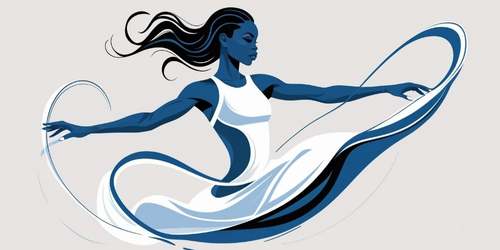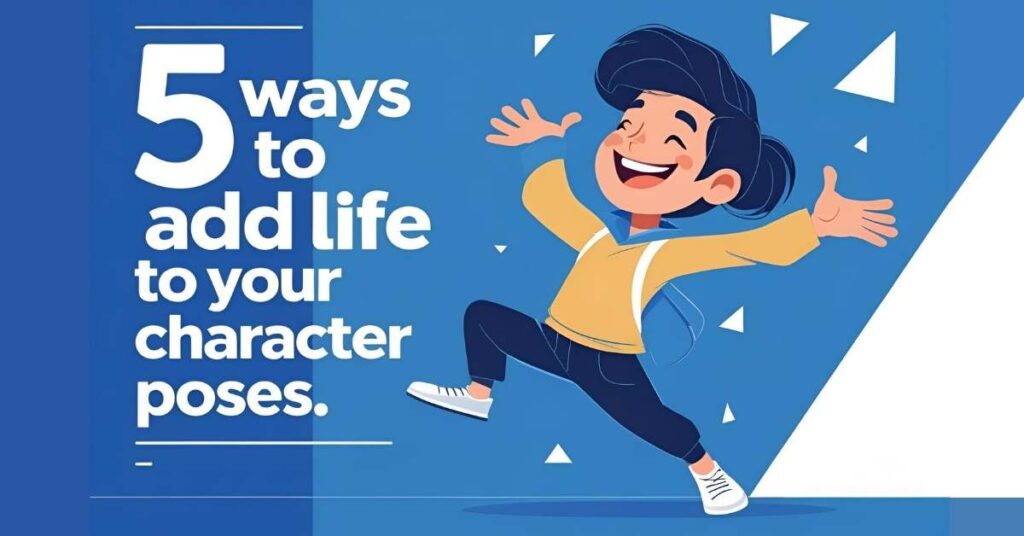Introduction
When you’re drawing characters, the difference between a stiff, lifeless figure and one that feels alive often comes down to the pose. A good pose doesn’t just show anatomy—it tells a story, reveals personality, and sparks curiosity. Learning how to bring life to your character poses is one of the fastest ways to elevate your drawings, and the good news is, you don’t need to be a professional to get started. Even simple tweaks can turn flat sketches into characters that feel dynamic and expressive.
1. Think About the Line of Action

Every lively pose starts with a strong line of action. This invisible guiding curve gives your character flow and direction, almost like the backbone of energy in the drawing. Instead of starting with straight, rigid lines, begin with one sweeping gesture that captures the motion or attitude you want to show. Even subtle curves can make your drawings feel less mechanical and more alive. The line of action sets the stage for everything else, so don’t skip this step.
2. Exaggerate the Gesture
One common beginner mistake is drawing poses too realistically. While accuracy matters, exaggeration is what makes animation and illustration exciting. If your character is leaning, push the lean a little further. If they’re reaching, stretch that arm just a bit more. Exaggeration doesn’t mean breaking anatomy—it means bending it toward storytelling. A slightly pushed gesture helps viewers immediately feel the intent behind the pose, which makes it far more engaging.
3. Use Contrapposto (Opposites in Motion)

Contrapposto is the artistic principle of offsetting the hips and shoulders to create balance and natural flow. If the hips tilt one way, tilt the shoulders the opposite. This not only makes the stance feel less stiff but also introduces rhythm into the pose. Think about how people actually stand or walk—rarely with everything aligned. By staggering the weight and counterbalancing the body, you instantly make your character feel more grounded and alive.
4. Add Expression Through Hands and Feet
Hands and feet aren’t just add-ons at the ends of limbs—they’re storytellers. A clenched fist, a splayed hand, a relaxed wrist—these details say more about your character’s mood than you might realize. Similarly, the way feet point, turn, or press against the ground conveys energy and intent. Pay attention to these extremities, and let them complement the bigger pose. They’re like punctuation marks in a sentence, adding clarity and emphasis.
5. Think of the Pose as a Story Snapshot
The best poses look like a moment frozen in time. Imagine someone paused a movie—your drawing should feel like that kind of snapshot. Ask yourself: what was happening a second before, and what will happen next? When you think of a pose as part of a larger story, your drawings naturally avoid stiffness. Even a character standing still can feel alive if you suggest tension, anticipation, or relaxation in their stance.
Want to improve your poses even faster? Training with structured exercises can help you build confidence quickly.
Final Thoughts
Bringing life to your character poses is less about technical perfection and more about energy, rhythm, and storytelling. By using a strong line of action, exaggerating gestures, applying contrapposto, paying attention to hands and feet, and treating poses like story snapshots, you’ll give your characters a sense of movement that connects with viewers. Practice often, experiment boldly, and remember—every lively pose you draw is a step toward more expressive art.




























